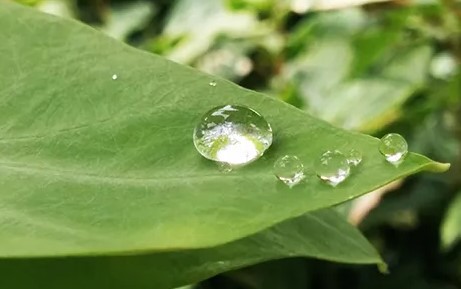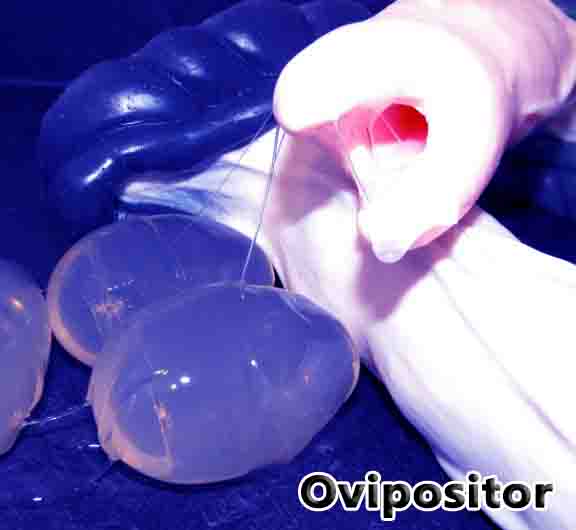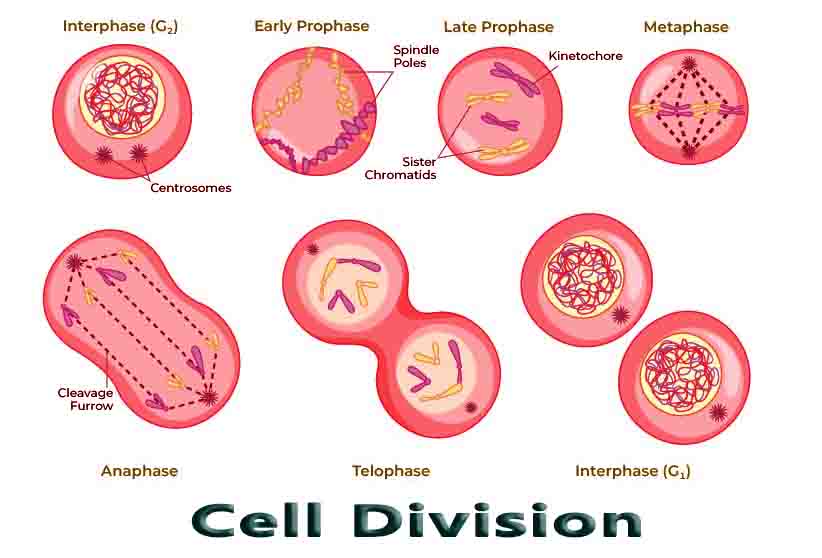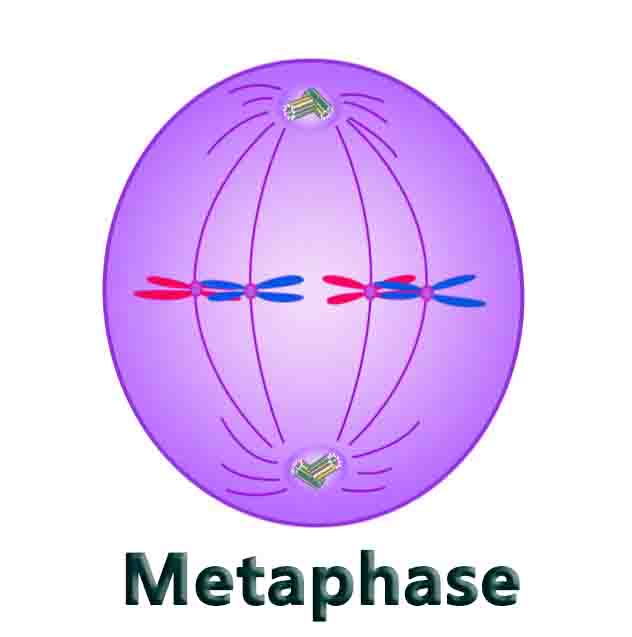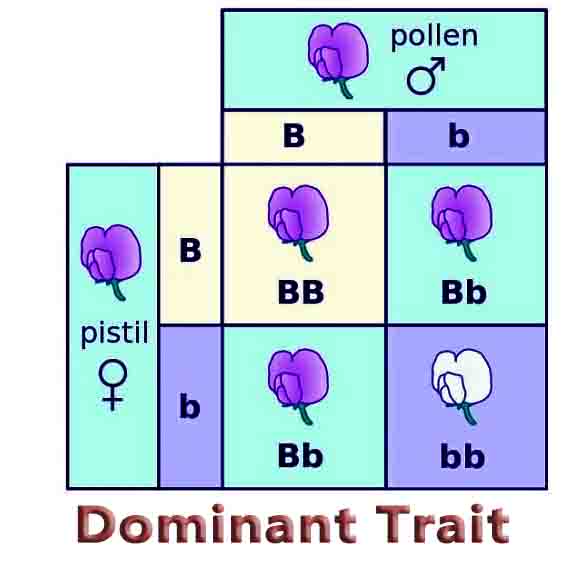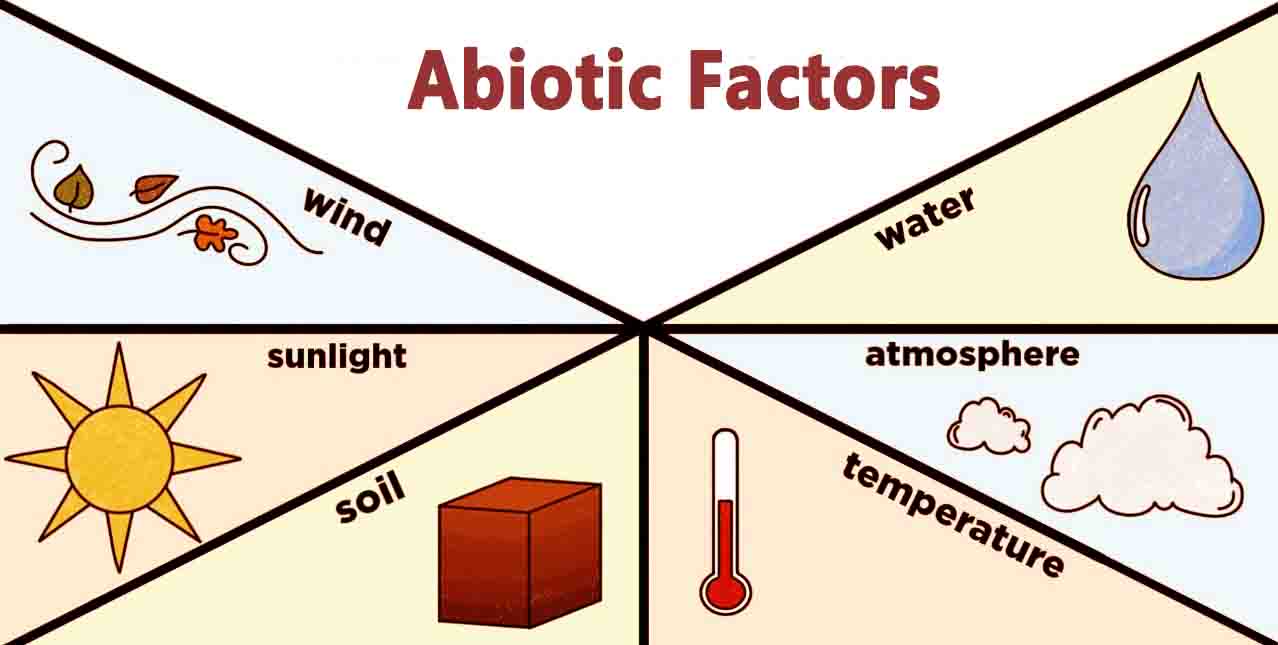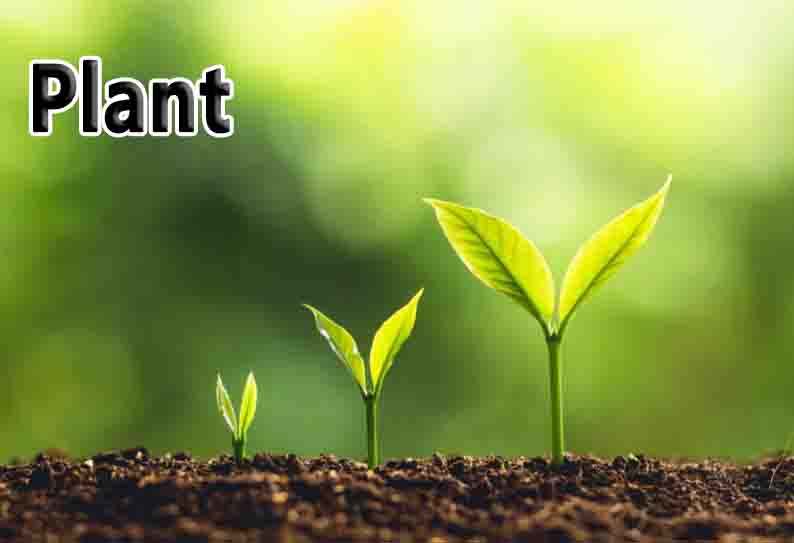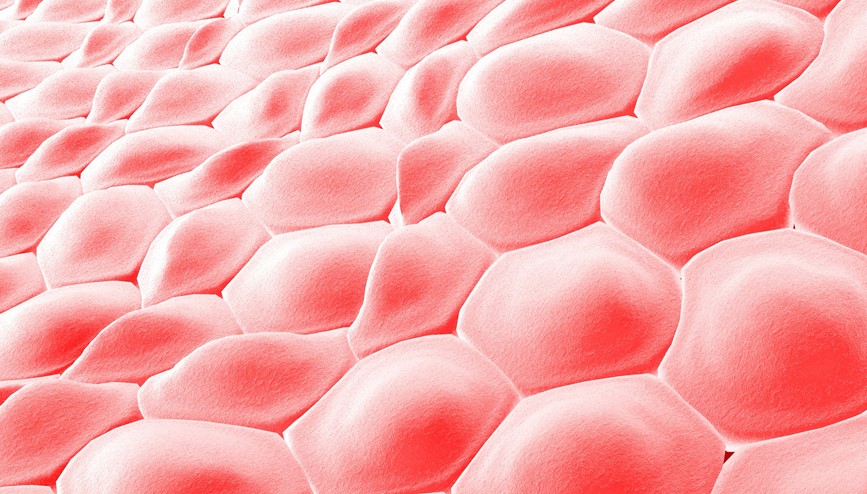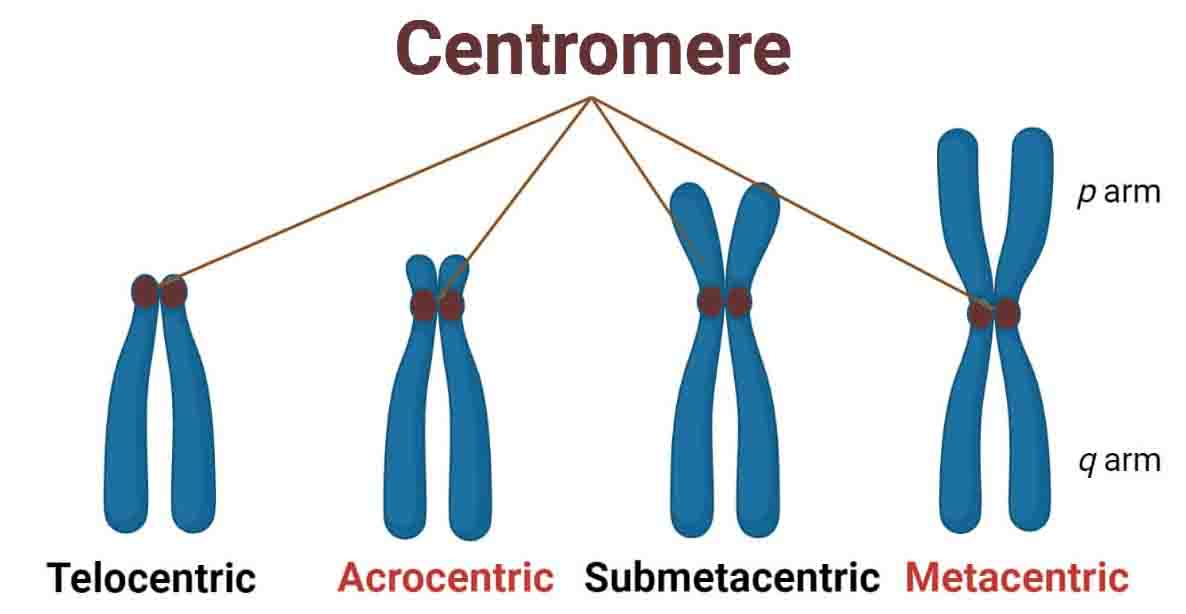Hydrophilic
Hydrophilic Definition A hydrophilic molecule or substance is attracted to water. Water is a polar molecule that acts as a solvent, dissolving other polar and hydrophilic substances. In biology, many substances are hydrophilic, which allows them to be dispersed throughout a cell or organism. All cells use water as a solvent that creates the solution … Read more

